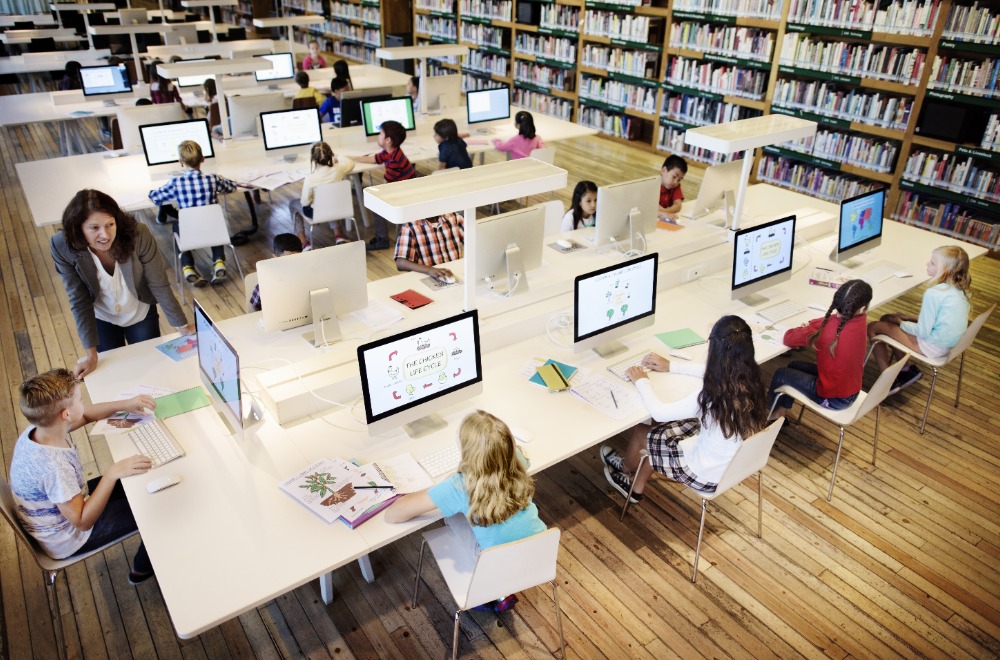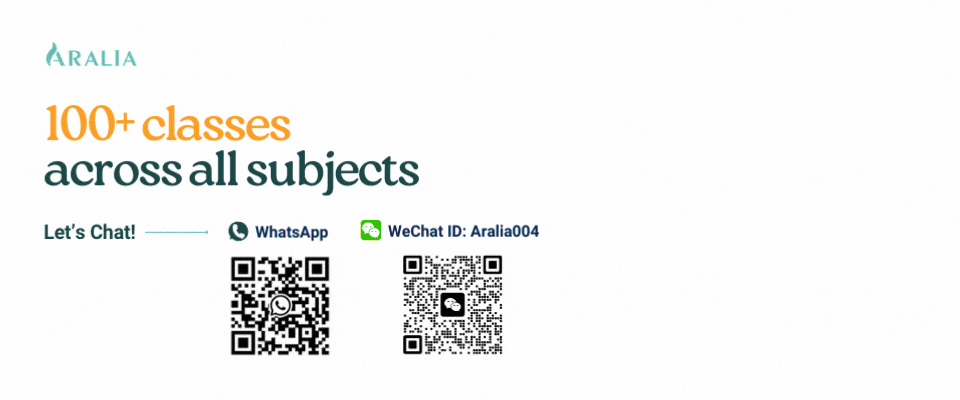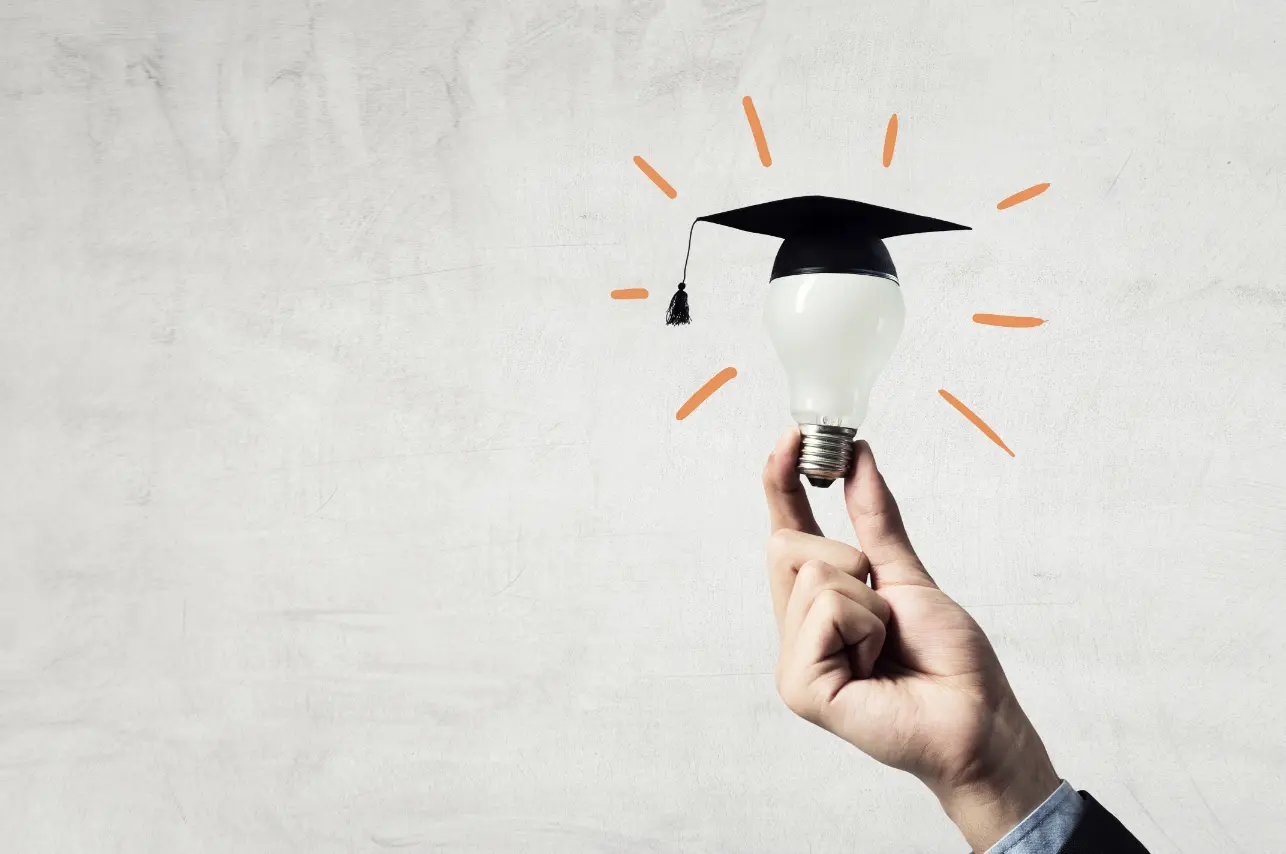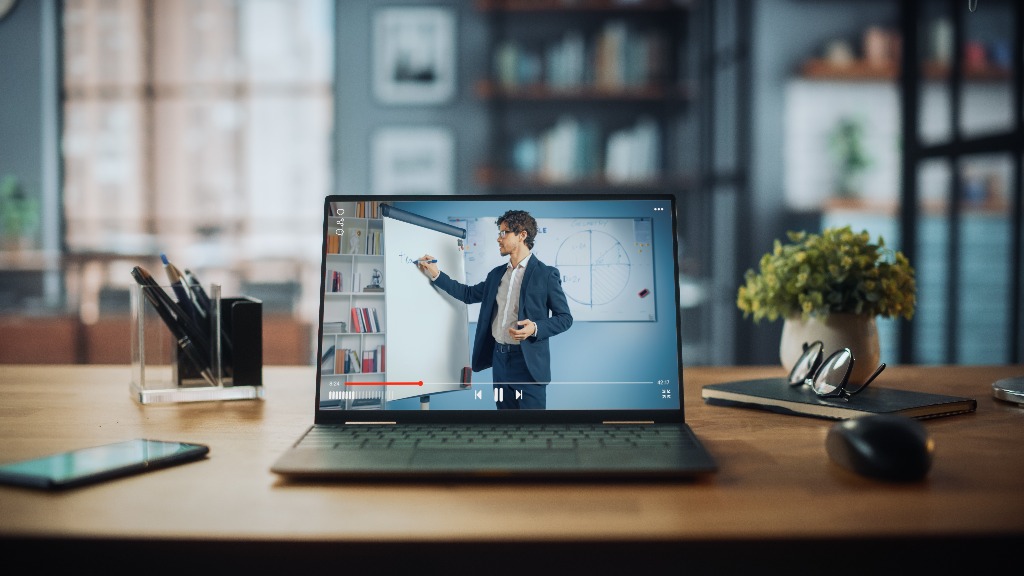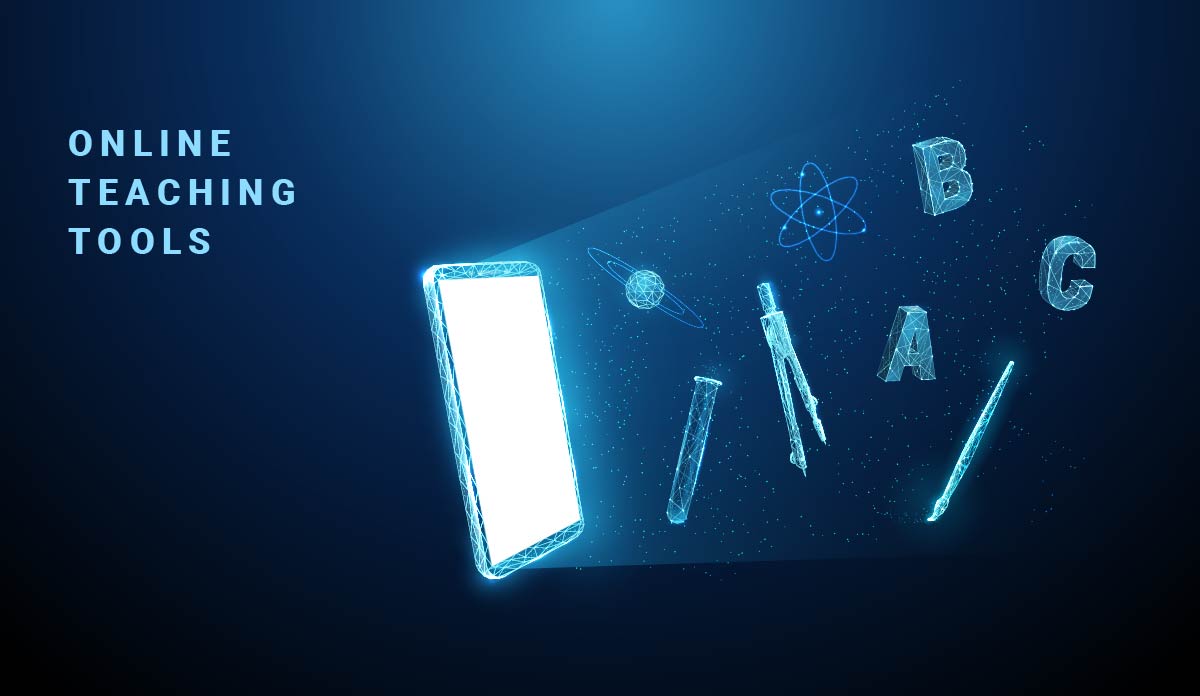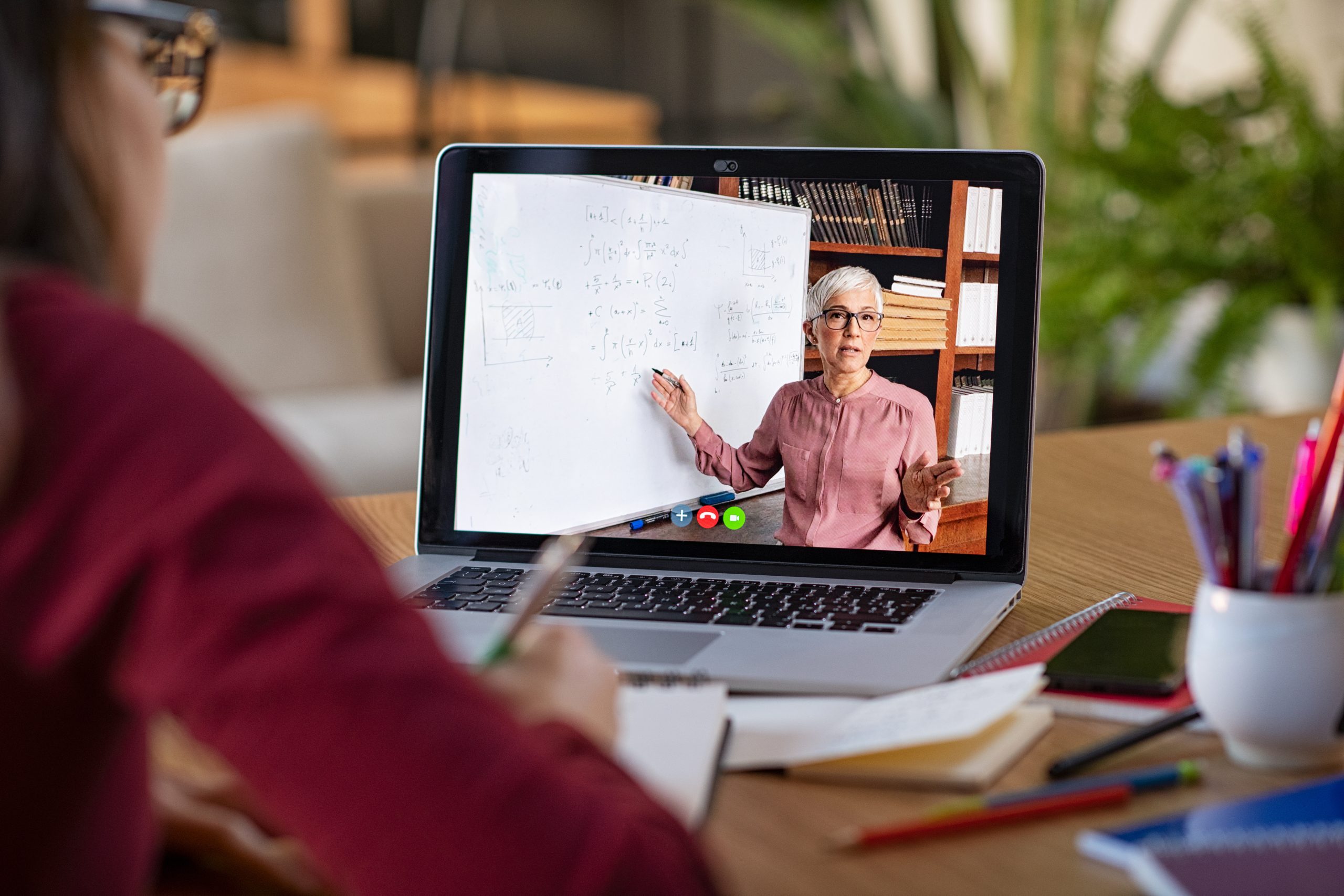1. What is Educational Technology
The word technology has been added to almost all fields during the 21st century, from FinTech (Financial Technology), and MedTech (Medical Technology), to AdTech (Advertising Technology). So, what exactly is EdTech, or educational technology?
Most people think that EdTech combines education and technology, where technology helps facilitate learning and teaching for teachers and students. To put it in simple words, EdTech refers to an area of technology devoted to integrating tools (including software, hardware, and processes) and to promoting education and building a better learning/teaching experience. To put it in formal definition, the Association for Educational Communications and Technology (AECT) has defined EdTech as “a dynamic system of study and moral action with the aim of specifying and providing an interactive environment for learners’ activity for their fast, easy, durable education and learning in harmony with their interests and characteristics.”
2. What’s the benefit of technology in the educational industry?
Immersive learning for different learning styles
With the traditional blackboard and chalk, students only receive new information through their teachers’ lectures, which is more suitable for auditory learners. However, educational technology has helped teachers customize their learning plans, creating a better learning environment for visual and tactile learners. Classroom learning is not only about chalkboards and textbooks. Still, it can be a more immersive learning experience where students interact with the content and immerse themselves in the knowledge through augmented reality tutorials or interactive presentations.
Long-distance learning
EdTech takes a crucial role in making long-distance learning possible. With the busy schedules of students and young professionals, EdTech offers on-demand learning and online lectures to replace traditional lectures, allowing students to enhance their skillsets or obtain new skills when they are home. EdTech also offers students the opportunity to learn at their own pace. Long-distance learning and an asynchronous environment allow students to review classes and lessons before going into their synchronous class. The data element in EdTech allows teachers to identify students’ struggles immediately and offer assistance if necessary.
Increased Collaboration and Communications
The newly adopted term “Gamification” has been appearing in conversation frequently. The adoption of games makes the classroom environment livelier and more enjoyable, especially when students study challenging subjects like math or sciences. With gamification and other EdTech tools, teachers can engage with students, and students can collaborate with each other to solve problems, creating a profound context-learning experience. Technology also enables one-on-one interaction with teachers outside of the classroom environment in addition to office hours. Students can message teachers directly to seek additional help without waiting in the teacher’s office.
3. What are EdTech trends out there?
If you are an online tutor or an innovative educator, following the trends in education is essential in bridging the gap between education and technology while providing students with the most immersive experience possible. Here, we have selected 6 latest educational technology trends in the industry right now.
Video-assisted learning
Video-assisted learning is simply using videos in lessons. Readily available educational videos can help students improve their comprehension, cognitive ability, or social-emotional skills. Teachers can use video-assisted learning as extra materials besides the primary curriculum. Common examples of those videos include short clips, animated videos, tutorials, etc. These videos are great for enriching lessons or reinforcing ideas in the learning process while reducing teachers’ workload in building an inclusive curriculum.
Learning Management System (LMS)
According to eLearning Industry, a Learning Management System (LMS) is an online system or software used to plan, execute, and assess a specific learning process. Simply put, the software is used in eLearning programs and helps in administration, documentation, tracking, and recording. With proper LMS training, teachers can use the functions and tools to manage classes and students better. For example, with Google Classroom, teachers can start video meetings and manage classes, assignments, and grades online without paper. Especially, with the automated systems available, teachers can eliminate labor-intensive jobs like grading, assessing students’ learning, and printing materials for upcoming classes. Students can submit assignments and track classwork right on the platform. Google Classroom is a comprehensive and integrated platform that teachers, students, guardians, and administrators can use.
Virtual and Augmented Reality
With AR/VR being implemented to enhance people’s entertainment experience, the rise in demand for experiential learning with VR and AR has been pushed forward. A national survey from DreamBox and PBS stated that 90% of educators agree that VR technology effectively provides students with differentiated and personalized learning experiences. AR and VR indeed can capture students’ attention more excitingly than traditional learning. Regular students can remember 30% of what they hear and 20% of what they see, while students can retain 90% of what is learned through the AR/VR experience. Therefore, this confirms the hypothesis that AR and VR can further enhance student learning and memory recall ability. There are many examples where AR and VR have been implemented, like through hands-on experiments in science labs or virtual tours in famous museums worldwide.
Blockchain Technology
Many people have heard about blockchain technology as ‘something related to Bitcoin.’ In simple terms, blockchains are distributed ledgers. A ledger is a book or collection of accounts in which account transactions are recorded. Most student records and grades are kept in a centralized and specialized software like Google Classroom, Canvas, or other online grade books. But, if the specialized software is hacked or data stolen, the stored records will be lost. Applying blockchain technology, records and information are kept in multiple ledgers or different locations. In a blockchain, digital nodes will store this information, and they constantly verify “the integrity of both newly recorded information as well as the copy that it stores.”
So, after reading this complicated explanation, how can Blockchain Technology be applied in education? Well, the most obvious example is:
Imagine if your diplomas and certificates are issued and stored online so that you don’t have to request the school to send the diplomas or verify them every time you apply for a new job or apply for an advanced degree. This also prevents people from submitting fake degrees. MIT was the first institution to implement this technology, and you can read more about its advantage on the MIT website.
Robotics
The application of robotics has helped the medical field tremendously in treating and saving patients. When applied in education, robotics, and simulators can help students experience new learning. There are multiple examples from Purdue University, but we would love to point out one example related to special education for people with disabilities.
“Robotics – Students with special requirements are reaching new levels of learning through the use of robotics in the classroom. With these technologies, children with autism learn communication and social skills, and students with developmental issues and attention disorders are learning focus. Individuals with severe physical disabilities are also offered a constant companion and health monitoring system – all through robotics. Robots can be programmed to suit each child’s need, offering special education in a much simpler, accessible format.”
“Simulators – Simulators can offer students with special needs an introduction to real-world scenarios in a non-threatening environment. Everyday lessons can be taught at a comfortable pace, including subjects ranging from basic self-care to stay-safe techniques in emergencies. Simulators have also provided a way for special education educators to see the world from their students’ perspectives, including hearing-impaired or blind simulations.”
There are so many more up-and-coming EdTech trends in the education industry. Education Technology is not here to replace traditional education but provides a solution to strengthen students’ ability to digest information and help teachers become innovative and effective educators.

